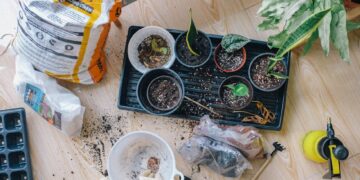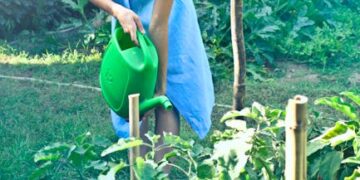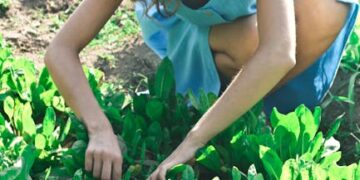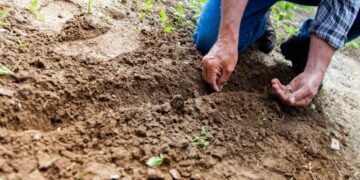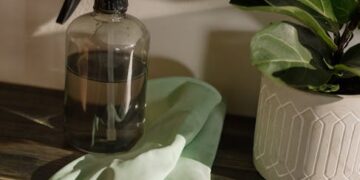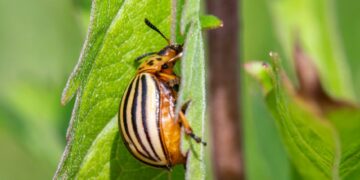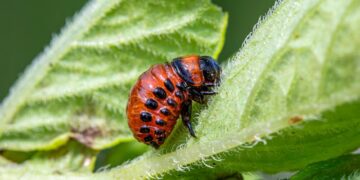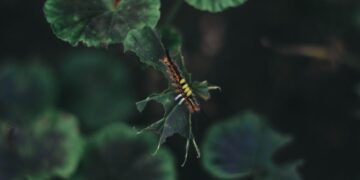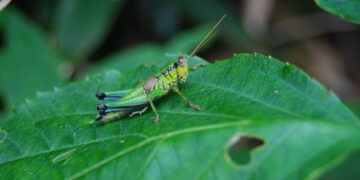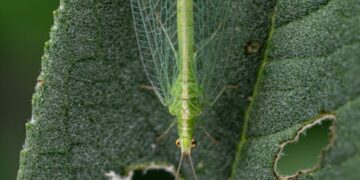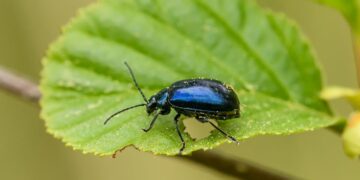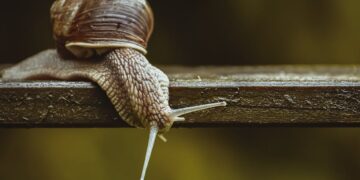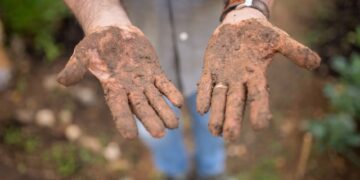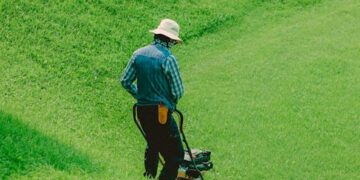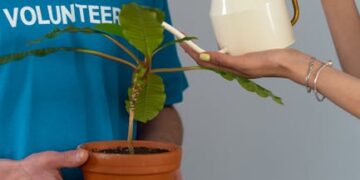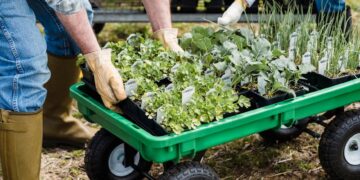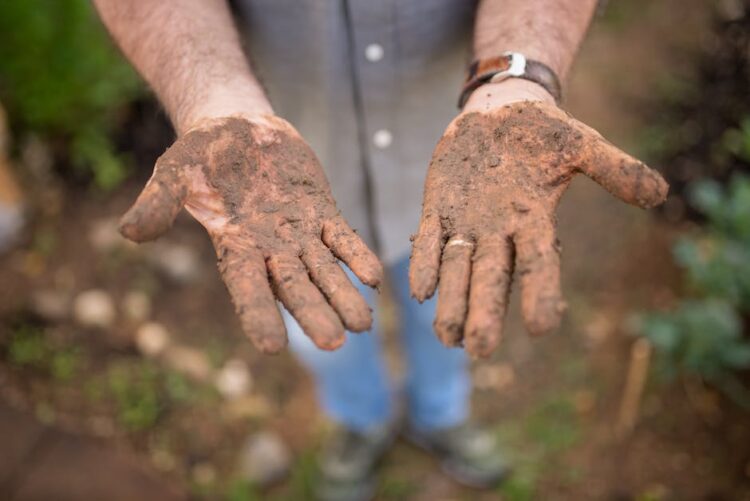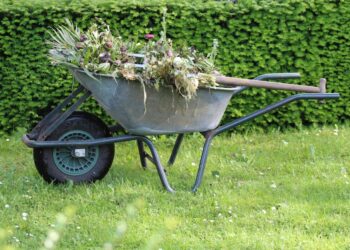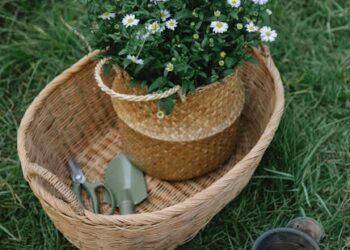Revitalize Your Roses: How Pruning Shears Can Transform Your Garden
Enhancing the beauty and health of your roses isn’t as complicated as it might seem. With the right tool, specifically pruning shears, you can dramatically transform your garden into a vibrant and flourishing haven. Let’s explore how this simple tool can be your ally in nurturing your rose garden.
Understanding the Importance of Pruning
Pruning is more than just trimming plants. It’s a vital practice in gardening that ensures plants grow healthier and bloom more abundantly. For roses, pruning helps in removing dead or weak stems, thereby preventing disease and encouraging the growth of strong, healthy shoots that produce vibrant blooms.
Benefits of Regular Pruning
- Promotes Healthy Growth: Pruning removes parts of the plant that are no longer beneficial or are detrimental, allowing the plant’s energy to focus on producing robust new growth and flowers.
- Enhances Air Circulation: Cutting back the crowded parts of the plant improves airflow, which reduces the risk of fungal infections and diseases.
- Shapes the Plant: Pruning allows you to control the shape and size of your rose bushes, keeping your garden tidy and attractive.
Choosing the Right Pruning Shears
Not all pruning shears are created equal. Selecting the right pair is crucial to make your pruning effort effective and safe – both for you and your roses.
Types of Pruning Shears
- Bypass Pruners: They work like scissors where two blades pass by each other. Ideal for making clean cuts on young, tender stems without causing damage.
- Anvil Pruners: Consist of a single blade that closes onto a flat edge. Best suited for cutting through dead or dry branches.
- Ratchet Pruners: These are similar to anvil pruners but designed to cut in stages, which is easier on the hands and beneficial for cutting thicker branches.
Choose a size and type of pruner that feels comfortable in your hand and suits the thickness of the branches you will be cutting.
Step-by-Step Guide to Pruning Roses
Now that you have your pruning shears ready, let’s dive into the process of pruning your roses. Here are step-by-step instructions to ensure you do it correctly and safely.
When to Prune
Typically, the best time to prune roses is in late winter or early spring when they are just coming out of dormancy and before they start putting out significant new growth. This period varies depending on your climate and the specifics of your garden.
How to Prune
- Wear Protective Gear: Always wear gloves to protect your hands from thorns and consider eye protection to guard against flying debris.
- Clean Your Shears: Clean and sterilize your pruning shears before use to prevent the spread of disease between plants.
- Trim Dead or Diseased Stems: Remove any discolored, damaged, or diseased stems, which appear brown or black. Cut these stems back to the base or to a healthy outward-facing bud.
- Cut Back Old Wood: Older stems can become woody and unproductive. Pruning these back can stimulate new growth and more blooms.
- Shape the Bush: Step back occasionally to check the shape of the bush. Keep the center open by pruning outwards facing buds to encourage an open, vase-like shape that allows light and air to penetrate the plant.
Post-Pruning Care
After pruning, it’s important to care for your roses to help them recover and grow optimally:
- Water Deeply: Water your roses deeply to help them recover from the stress of pruning.
- Apply Fertilizer: Providing a specially formulated rose fertilizer after pruning can give your plants the nutrients they need to support robust new growth.
- Mulch the Base: Applying a layer of mulch around your roses can help retain moisture, suppress weeds, and stabilize soil temperature.
Common Pruning Mistakes to Avoid
Pruning can be daunting, and mistakes do happen. Here are a few common ones to watch out for:
- Over Pruning: Removing too much of the plant at one time can stress your roses and weaken them.
- Wrong Timing: Pruning at the wrong time of year can expose plants to harsh weather conditions or prevent them from flowering.
- Unclean Tools: Using dirty pruning shears can introduce bacteria and fungi to fresh cuts.
Conclusion: Enjoy a Thriving Rose Garden
Pruning your roses is like giving them a new lease on life. With the right tools and techniques, you can maintain a beautiful garden that stands out in your neighborhood. Remember, patience and practice make perfect when it comes to mastering the art of pruning! Embrace the process and watch your garden transform before your eyes.

